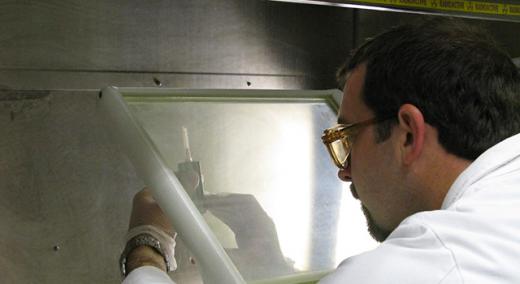From the earliest days of radioactivity research, radiation and cancer therapy have gone together like peas and carrots. But Zach Levine covered peas and carrots in an earlier blog post, so I will focus on radiation and cancer therapy.
|
ADVERTISEMENT |
Shortly after Wilhelm Röntgen discovered the high-energy electromagnetic radiation he called “X-rays” in 1895, their cell-killing power was recognized and harnessed to treat cancer. Similarly, within a few years of the Curies’ discovery of the radioactive element radium, doctors were deploying the energetic particles it emitted to treat skin cancers. By the 1910s, more powerful X-ray tubes were producing beams that could penetrate deeper into the body to treat all sorts of tumors. This “external beam therapy” was on its way to becoming the standard for radiotherapy, largely supplanting radium-based therapies.
…

Add new comment